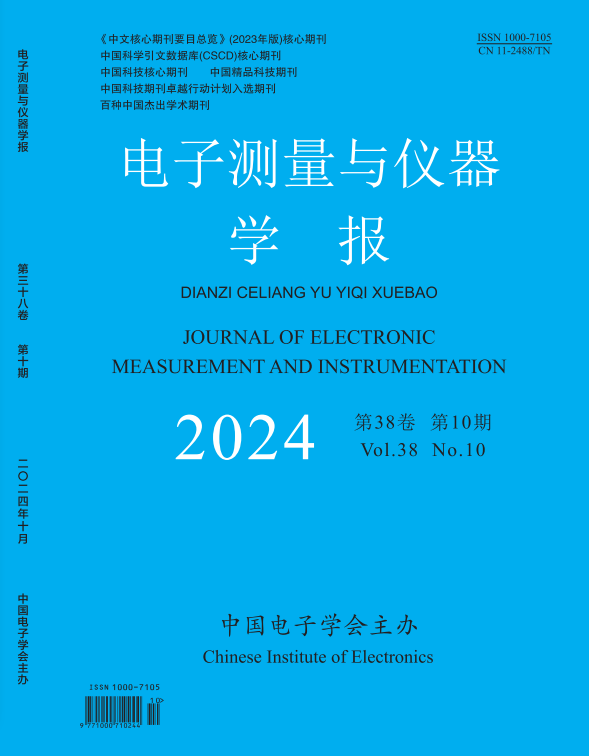2022, 36(11):245-253.
Abstract:The method of using image and video technology to monitor the transmission channel in real time and using intelligent target
detection algorithm to realize the identification and early warning of potential damage caused by external force with high accuracy and has
been gradually popularized in recent years. However, in the real conditions, due to the scene change, weather change ( such as fog,
rain, etc. ) and other factors, training data cannot cover all conditions, and the algorithm model generalization ability is weak, and there
are often missed and false positives in the practical application. Based on these problems, we use the YOLOv5 as based algorithm. This
article through the data amplification to simulate different weather, with the domain adaptive network to combat training of the training
set, strengthen model generalization ability of the different weather, different scene, citing the attention mechanism ( CBAM) at the
same time, strengthen model’s ability to extract features from data. Experiments prove that the Recall obtained by the algorithm in this
paper reaches 86. 9%, which is significantly improved compared with the original algorithm, and the average accuracy (MAP) is 92. 2%
higher than that of the original YOLOv5 algorithm, which can accurately detect the target to be detected and reduce missed and false
detection.
